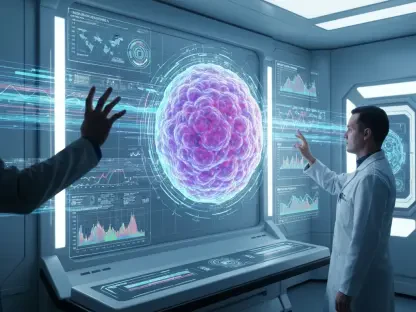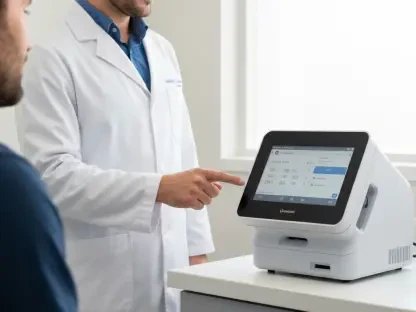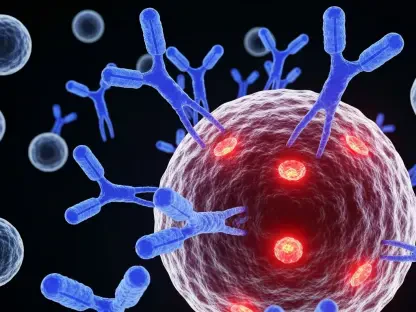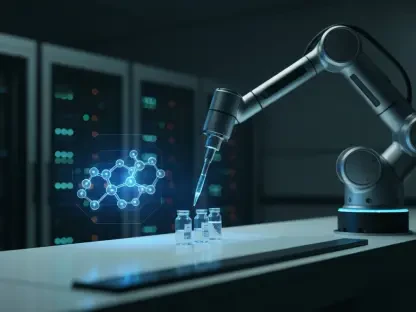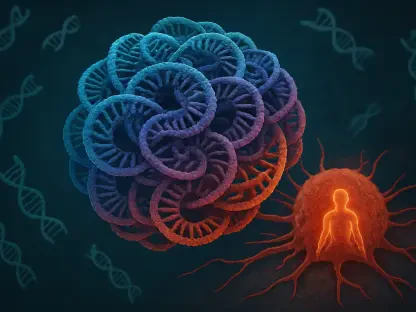In the battle against cancer, technological innovations have continually pushed the boundaries of what is possible in treatment and research. Among these breakthroughs, patient-derived xenograft (PDX) models have emerged as a transformative tool in precision oncology, an approach that tailors medical treatments to the unique genetic and biological profile of a patient’s cancer. Given the complex nature of cancer, traditional models often fall short of capturing its heterogeneity. PDX models provide a lifelike replica of human tumors by implanting patient tumor tissues into immunodeficient mice, offering unparalleled insights and bringing hope to countless patients. In this review, the capabilities and applications of PDX models are explored to understand their current status and future potential.
Detailed Analysis of Patient-Derived Xenograft Features
Tumor Implantation and Biological Maintenance
PDX models are constructed by directly implanting human tumor tissues into rodents, primarily mice, to maintain the tumor’s genetic integrity and microenvironment. This process is crucial because it preserves the cancer’s unique characteristics, including its genetic variations and response to treatment, far better than traditional cell lines. The transplantation involves meticulous handling to ensure the xenograft mirrors the original tumor, thereby providing a close approximation to human cancer behavior. This preservation is vital in identifying how cancers progress and respond to different therapeutics in a preclinical setting.
Co-Clinical Trials and Therapeutic Relevance
One of the standout features of PDX models is their use in co-clinical trials, which synchronize treatment testing in both human patients and their corresponding PDX models. This parallel approach offers researchers an unparalleled real-time view of therapeutic efficacy, allowing for immediate modifications and optimizations in treatment plans. The insights gathered can significantly shorten the timeline for new drug development, improve therapeutic strategies, and ultimately enhance patient outcomes by pinpointing the most suitable therapies based on the patient’s tumor biology.
Innovations and Technological Developments
Recent advancements have bolstered the utility of PDX models, with technologies like CRISPR and organoid cultures enhancing their accuracy and scalability. CRISPR, in particular, enables precise genetic modifications, thus allowing researchers to study the role of specific genes in cancer progression and therapy resistance. These innovations not only improve the understanding of cancer biology but also facilitate the development of next-generation PDX models capable of more accurate long-term disease modeling. Additionally, the integration of organoid co-cultures has furthered the replication of tumor-host interactions, providing a refined platform for testing.
Applications and Impact on Cancer Research
PDX models hold immense promise in revolutionizing how various cancers are studied and treated. For instance, they play a pivotal role in breast, lung, colorectal, and ovarian cancer research, where tumors are known for their diverse profiles and resistance to existing treatments. By applying these models, researchers gain crucial insights into drug efficacy, enabling the identification and validation of novel therapeutic agents tailored specifically to the traits of different cancer types. This approach not only facilitates drug discovery but also promises a new era of personalized medicine that aligns with the nuances of each patient’s cancer.
Current Challenges and Future Prospects
Despite their potential, the adoption of PDX models is not without challenges. High maintenance costs and the extensive time needed for model establishment hinder their widespread application. Moreover, challenges exist in ensuring the tumor evolution within mice mimics human cancer accurately in long-term studies. Efforts to overcome these hurdles focus on enhancing model accessibility and accuracy, with technologies such as humanized mouse models and AI-driven analytics paving the way for more efficient systems.
As we look ahead, the intersection of PDX models with biobanking and artificial intelligence presents a promising frontier for cancer research. Advances in biobanking are expanding the repository of diverse PDX models, allowing for comprehensive studies across different cancer subtypes. AI technologies are poised to further propel the analysis and interpretation of complex datasets generated by these models, offering predictive insights that can refine treatment strategies and accelerate the discovery of therapeutic breakthroughs.
Evaluating the Future of PDX Models
PDX models have proven to be essential in shaping the landscape of cancer research and treatment. They offer an in-depth understanding of cancer progression and drug response, substantially transforming the paradigm of precision oncology. While significant challenges need addressing, innovations continue to pave the way for improved models, ultimately promising more personalized and effective therapeutic options. The integration of additional cutting-edge technologies sets the stage for advancing precision oncology, offering a glimpse into a future where cancer treatment becomes increasingly individualized, and patient outcomes improve dramatically.


